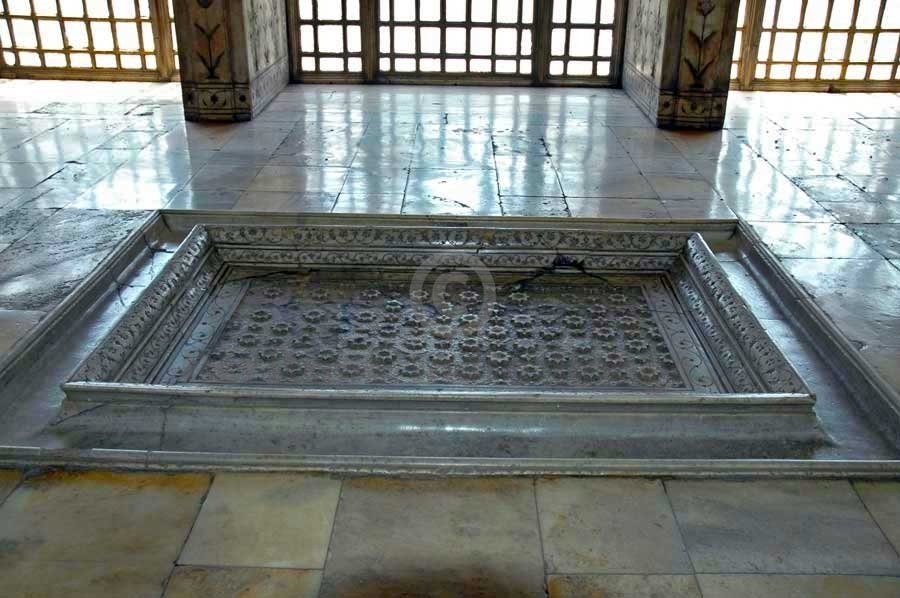
This image is copyrighted By Heritage Trust / SFRD
The Red Fort was the residence of the Mughal emperor of India for nearly 200 years, until 1857. It is located in the centre of Delhi and houses a number of museums. In addition to accommodating the emperors and their households, it was the ceremonial and political centre of Mughal government and the setting for events critically impacting the region.
The Red Fort, constructed by Shah Jahan, was built as the fortified palace of Shahjahanbad, capital of the fifth Mughal Emperor Shah Jahan in 1648. Named for its massive enclosing walls of red sandstone, it is adjacent to the older Salimgarh Fort, built by Islam Shah Suri in 1546. The imperial apartments consist of a row of pavilions, connected by a water channel known as the Stream of Paradise (Nahr-i-Behisht). The Red Fort is considered to represent the zenith of Mughal creativity under Shah Jahan. Although the palace was planned according to Islamic prototypes, each pavilion contains architectural elements typical of Mughal buildings, reflecting a fusion of Timurid, Persian and Hindu traditions. The Red Fort’s innovative architectural style, including its garden design, influenced later buildings and gardens in Delhi, Rajasthan, Punjab, Kashmir, Braj, Rohilkhand and elsewhere. With the Salimgarh Fort, it was designated a UNESCO World Heritage Site in 2007 as part of the Red Fort Complex.
Emperor Shah Jahan commissioned construction of the Red Fort in 1638, when he decided to shift his capital from Agra to Delhi. Its design is credited to architect Ustad Ahmad Lahauri, the same architect who constructed the Taj Mahal. The fort lies along the Yamuna River, which fed the moats surrounding most of the walls. Construction began in the sacred month of Muharram, on 13 May 1638. Supervised by Shah Jahan, it was completed in 1648. Unlike other Mughal forts, the Red Fort's boundary walls are asymmetrical to contain the older Salimgarh Fort. The fortress-palace was a focal point of the medieval city of Shahjahanabad, which is present-day Old Delhi. Its planning and aesthetics represent the zenith of Mughal creativity prevailing during Shah Jahan's reign. His successor Aurangzeb added the Pearl Mosque to the emperor's private quarters, constructing barbicans in front of the two main gates to make the entrance to the palace more circuitous.
A gate on the north side of the Diwan-i-Aam leads to the innermost court of the palace (Jalau Khana) and the Diwan-i-khas (Hall of Private Audience). It is constructed of white marble, inlaid with precious stones. The once-silver ceiling has been restored in wood. Francois Bernier described seeing the jewelled Peacock Throne here during the 17th century. At either end of the hall, over the two outer arches, is an inscription by Persian poet Amir Khusrow:If heaven can be on the face of the earth,It is this, it is this, it is this.
more...Image Usage Terms & Restrictions : All images on this website are copyrighted and are the sole property of www.heritageindiaIimages.com. All use and/or publication rights are reserved worldwide. Image use is subject to the issuance and payment of an image use licensing agreement. You may not take, use or copy any image from this website without reading and complying with the terms.